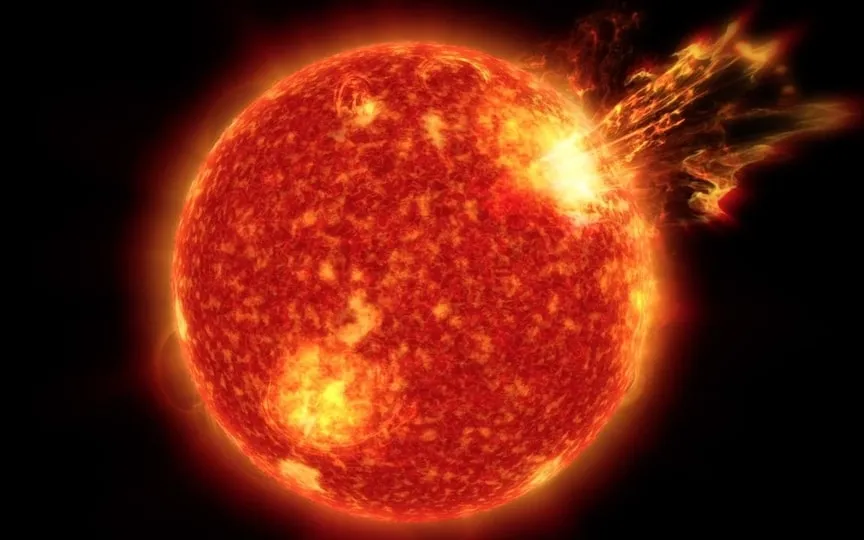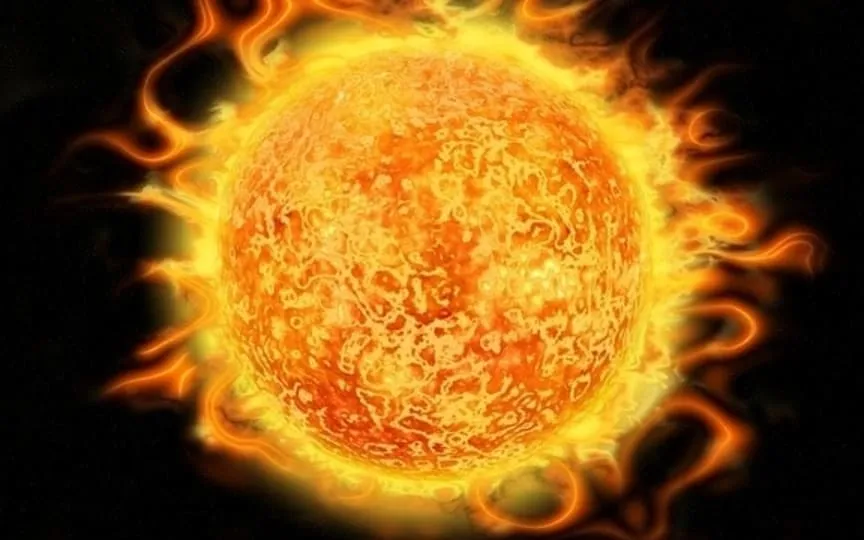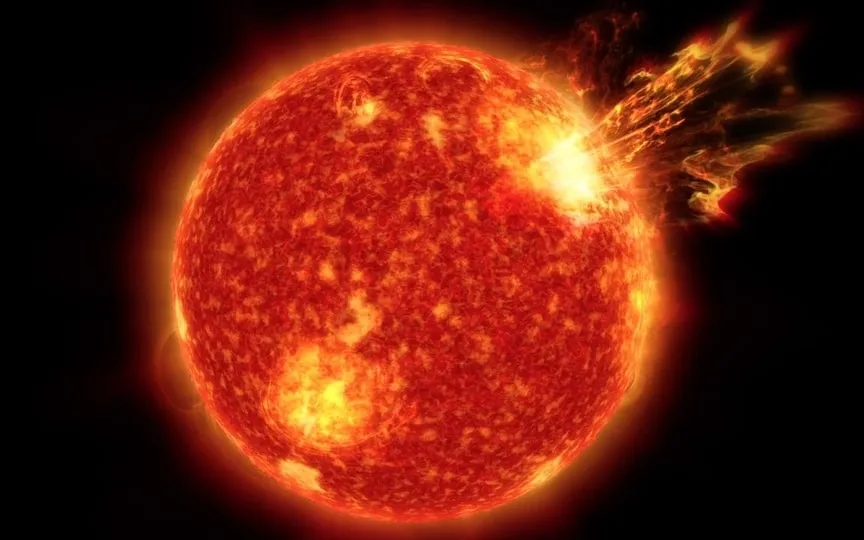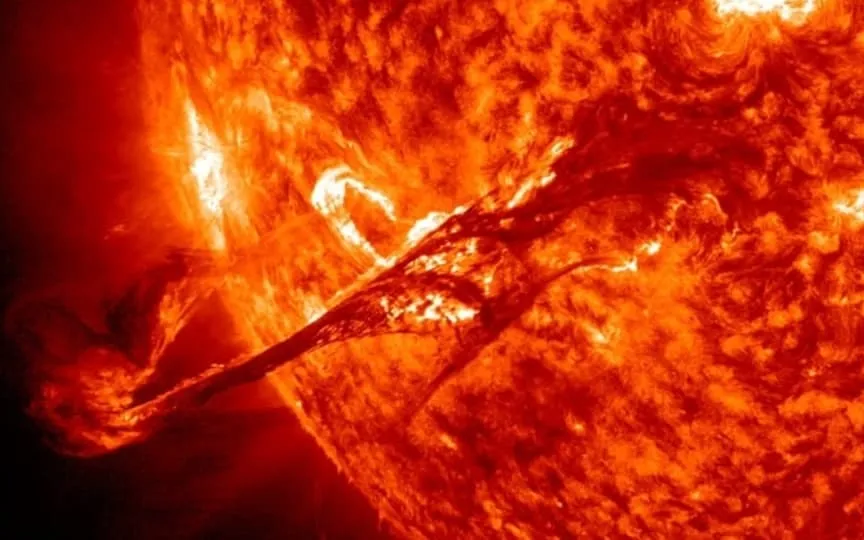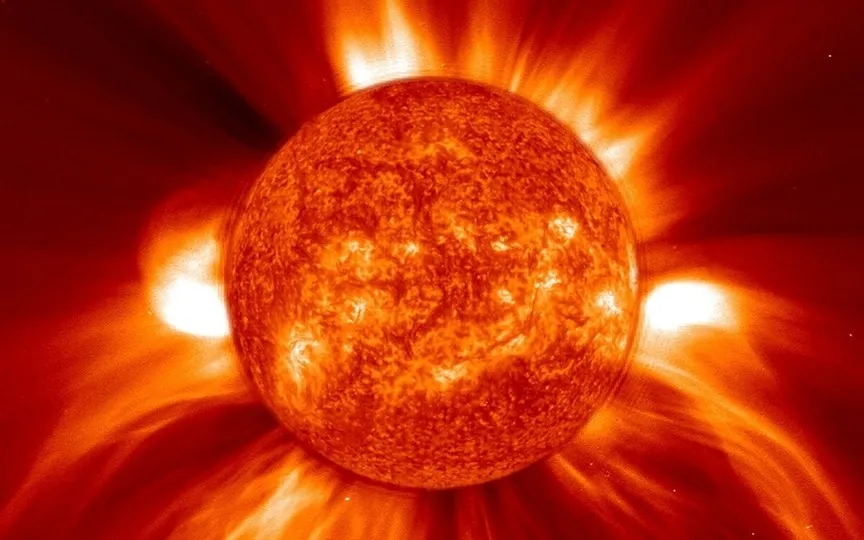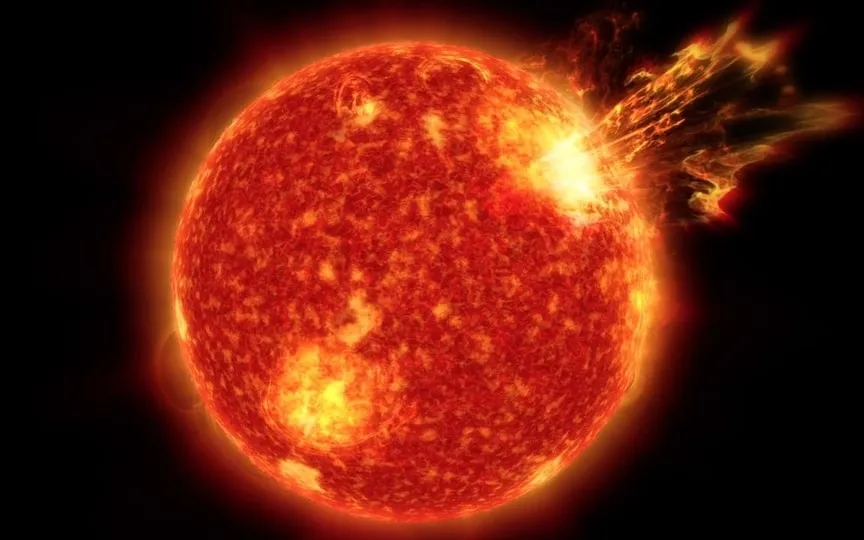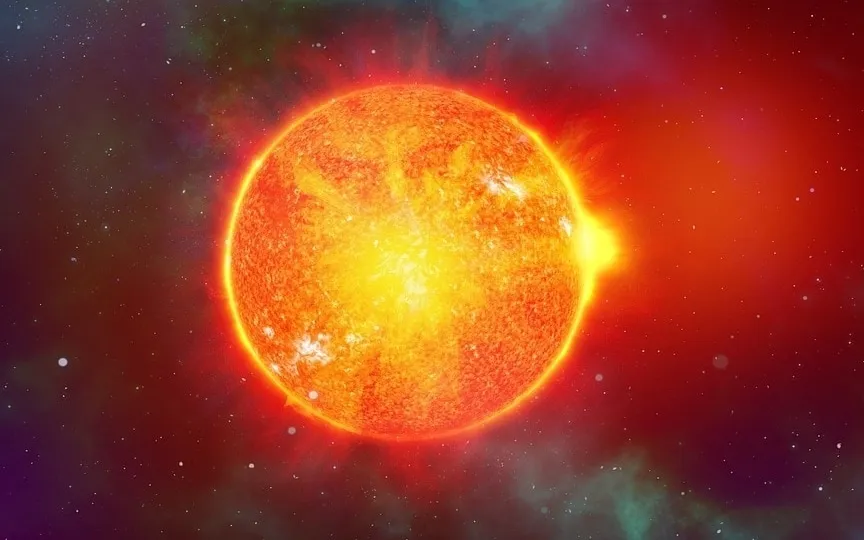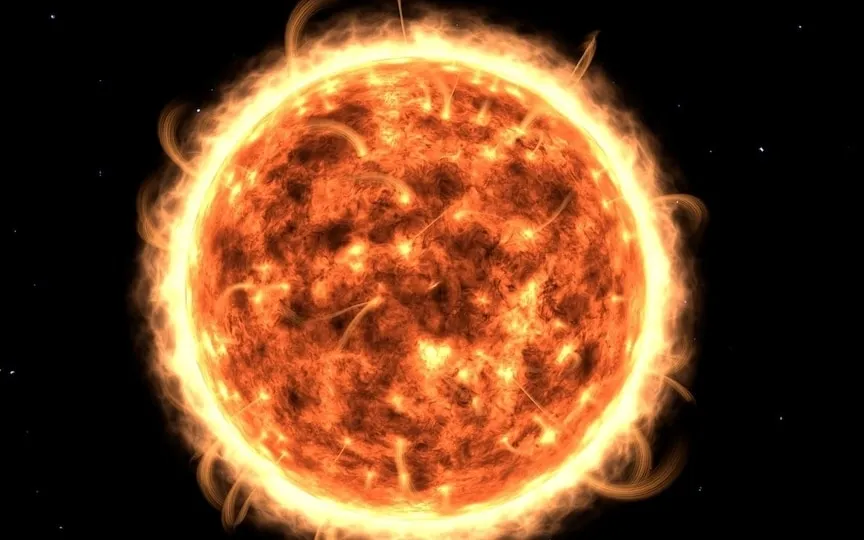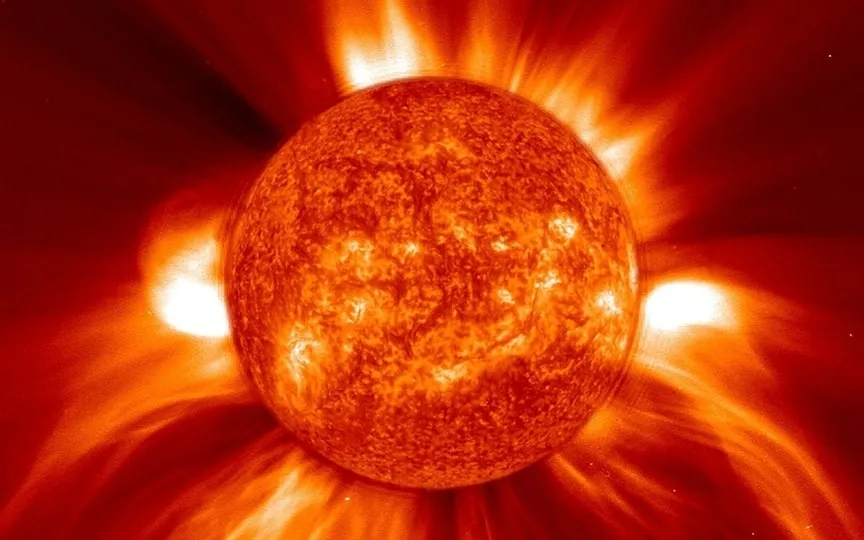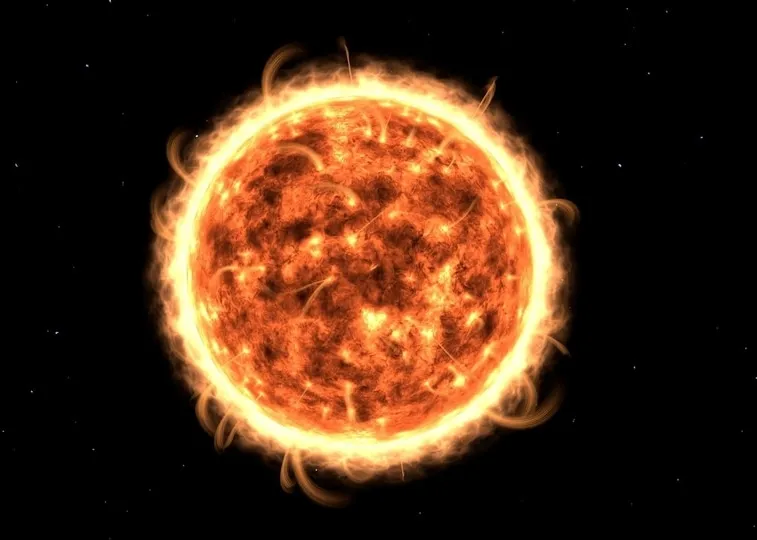NOAA warns of potential geomagnetic storm as CME approaches Earth from solar storm
Following the Vernal Equinox, solar activity remains high as we near the peak of solar cycle 25. NASA predicts that this increase in activity could lead to more frequent and intense solar phenomena such as solar particles, CMEs, solar flares, solar storms, and geomagnetic storms. Forecasters are now warning of an upcoming CME that is expected to impact Earth, potentially causing a geomagnetic storm. Stay informed about this solar storm alert. Solar storm warning According to a Space Weather report, National Oceanic and Atmospheric Administration (NOAA) forecasters say the CME…
Read More

